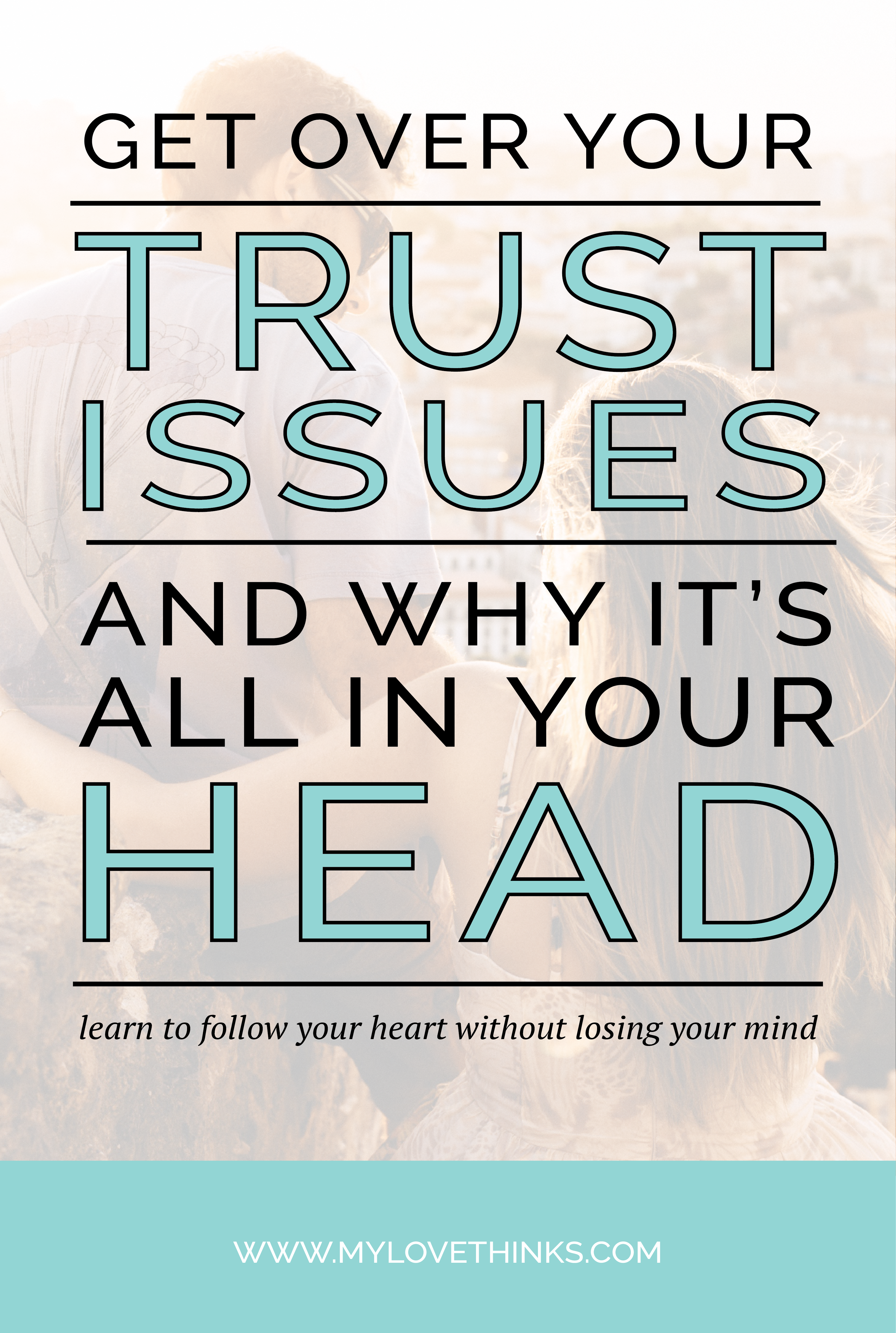I cannot tell you how many times I sat across from a twenty-something and listened to him or her talk about how they had such a hard time trusting people in their relationships.
This is so not surprising, especially coming from Millennials, a generation that is characterized by many things, with one being their overarching lack of trust.
But what is a relationship without trust? No relationship at all, I say.
Trust is such a key component in relationships. And even if it is hard for you to trust another, or you’ve had your trust broken before, you’ve got to give it another go and try to move past your trust issues.
So here’s hoping this post can help you to gain a richer understanding of what trust is, where it comes from and how to build it safely.
Sometimes a little knowledge can go a long way to empower you to take a step that feels risky.
WHAT IS TRUST?
Ok, so trust is defined as the feeling of confidence you have in someone that comes from your belief or opinion of him or her.
Think about it this way. You have a picture in your head of everyone you know. If you pick one person you know well and think about him or her, you can probably imagine what they are doing right this moment. That, my friends is your trust-picture!
This picture is dynamic, changing all the time.
And, this is key, you tend to interact more with the picture in your head than with the person in reality.
Have you ever snapped at someone for something and then learned that they really didn’t mean it like you interpreted it? Or assumed the worst, just to find out you were wrong?
Well, these snaps and assumptions come out of that picture in your head of that person. It’s likely you assumed something for a reason. Even though that doesn’t make it right, it’s probably based on some history or opinion you have of them!
This is the trust picture at work. Your opinion, confidence and expectations of someone all stem from this picture.
WHERE DOES TRUST COME FROM?
So we’ve defined trust and talked about the trust-picture. But where does this trust-picture come from?
When you are first getting to know someone, you pull from three mental “databases” to form your trust in them. These three databases are: ideals, stereotypes, and associations.
So, a quick rundown.
Ideals are qualities and traits that we hold in high esteem. Things we really value in a person. For example, tall, kind, humble, dark hair, generous, funny etc.
Stereotypes are generalizations that exist among your particular social group or culture. These may be related to someone’s background, their job, what kind of car they drive, a way that they dress, on and on. For better or for worse, stereotypes exist and are shortcuts that help us categorize people and experiences.
Associations are like stereotypes, but come from your personal experiences. An example of a negative association occurred when my husband and I were thinking of names for our kids, and some names were automatically vetoed because we knew someone that, ummm we didn’t like with that name. All your significant experiences fill this database with a range of negative to positive associations that you will use to fill in the gaps of what you think of someone you are just getting to know.
So, there you have it. When you really don’t know someone very well, your trust develops based on your limited interactions with him or her but also from these three databases. These three databases “fill-in-the-blanks” of what you don’t know.
Here in lies a potential risk. Accelerated development of trust can create a false sense of knowing someone and ultimately going too far in other areas of your relationship, when in reality, you don’t know them at all but you’ve just filled in the gaps from these three databases!
HOW TO BUILD TRUST SAFELY
You may be reading this and wondering, “what about me? I am so scared to trust anyone?!”
Not to worry, here’s what you need to know. There are two things you must do when it comes to developing trust safely: 1) pay attention to qualities of trustworthiness in a partner and 2) give a little bit at a time.
What does trustworthy look like?
We say there are 8 qualities of a trustworthy partner. These qualities are: maturity, adaptable, responsible, relationship skills, inner confidence, anger management, gracious and emotionally stable. So pay attention to these qualities.

How to give a little bit at a time.
In order to build trust, you’ve got to be careful not to get ahead of yourself but also you’ve got to careful not to be stingy on trust either.
Here are 4 steps to safely investing trust.
1) Participate in putting some trusting in the relationship.
Trust is definitely earned. But unless you put a little trust in someone you will never see if they come through for you. So make a small investment of trust, something you can handle.
2) Anticipate the best while watching for the worst.
So don’t be paranoid, but also don’t be too naïve.
A healthy skepticism is what I like to call it. After you’ve invested a little trust, see what they do with it.
3) Cooperate with building a mutual reliability.
This basically is highlighting that relationships are mutual and trust requires that both people get involved, and do meaningful things for each other.
So if you’ve invested a little. Watched what they do with it. Wait to invest more until there is some sort of reciprocation on their part.
4) Keep testing the trustworthiness of your partner.
This is not to say you should be judgmental or anything, but rather that you should give some serious thought to how your dating partner treated you and the trust you invested.
Do they confirm your trust picture over time? Did they take care of your trust or did they break it?
Look for a balance in the give and take of trust and also the patterns of what your partner does with the trust you give them.
So there you have it folks, your guide to finally getting over your trust issues.







